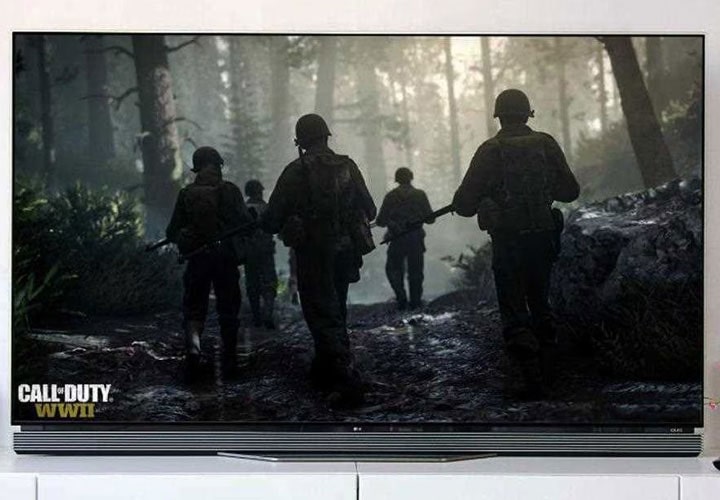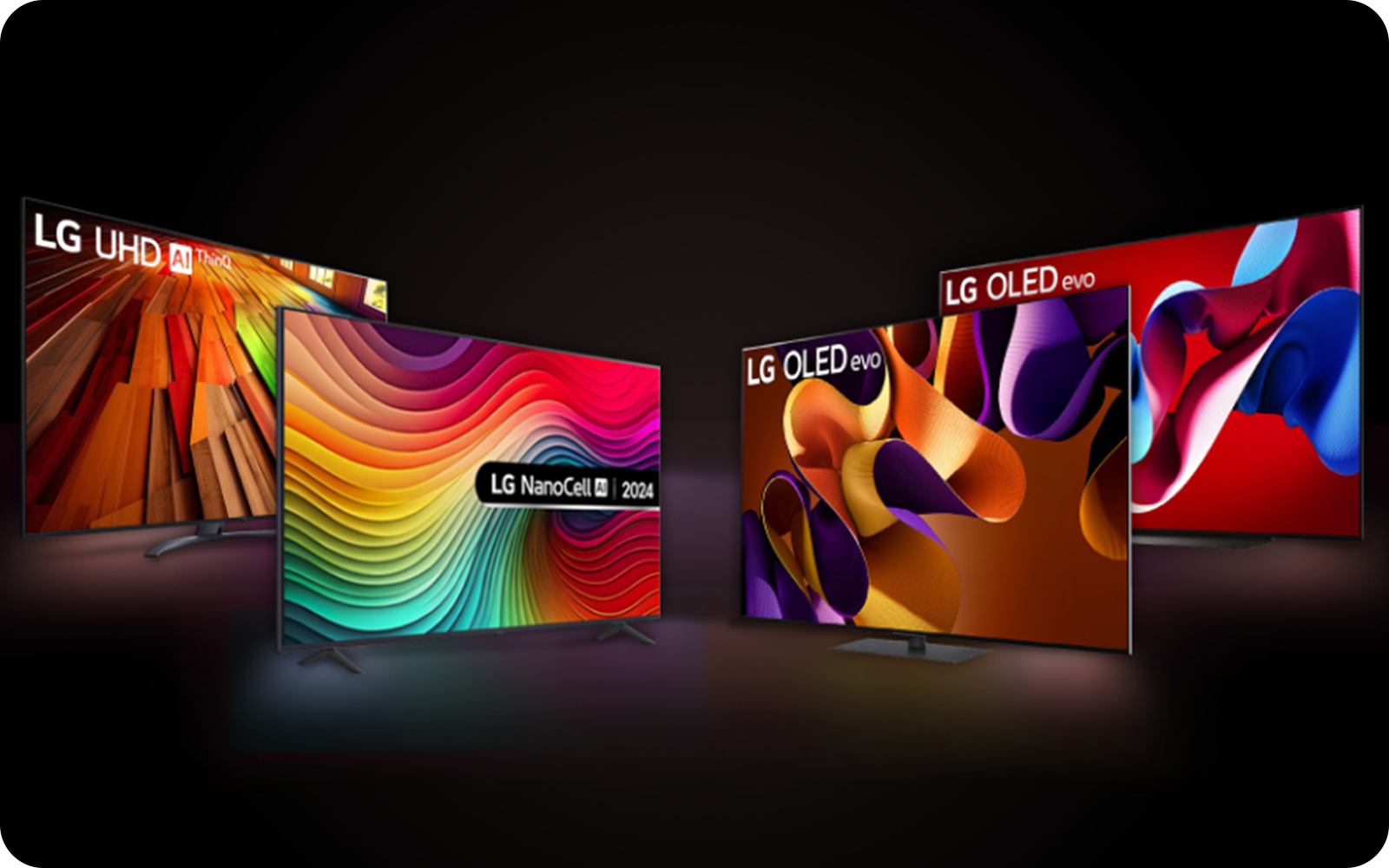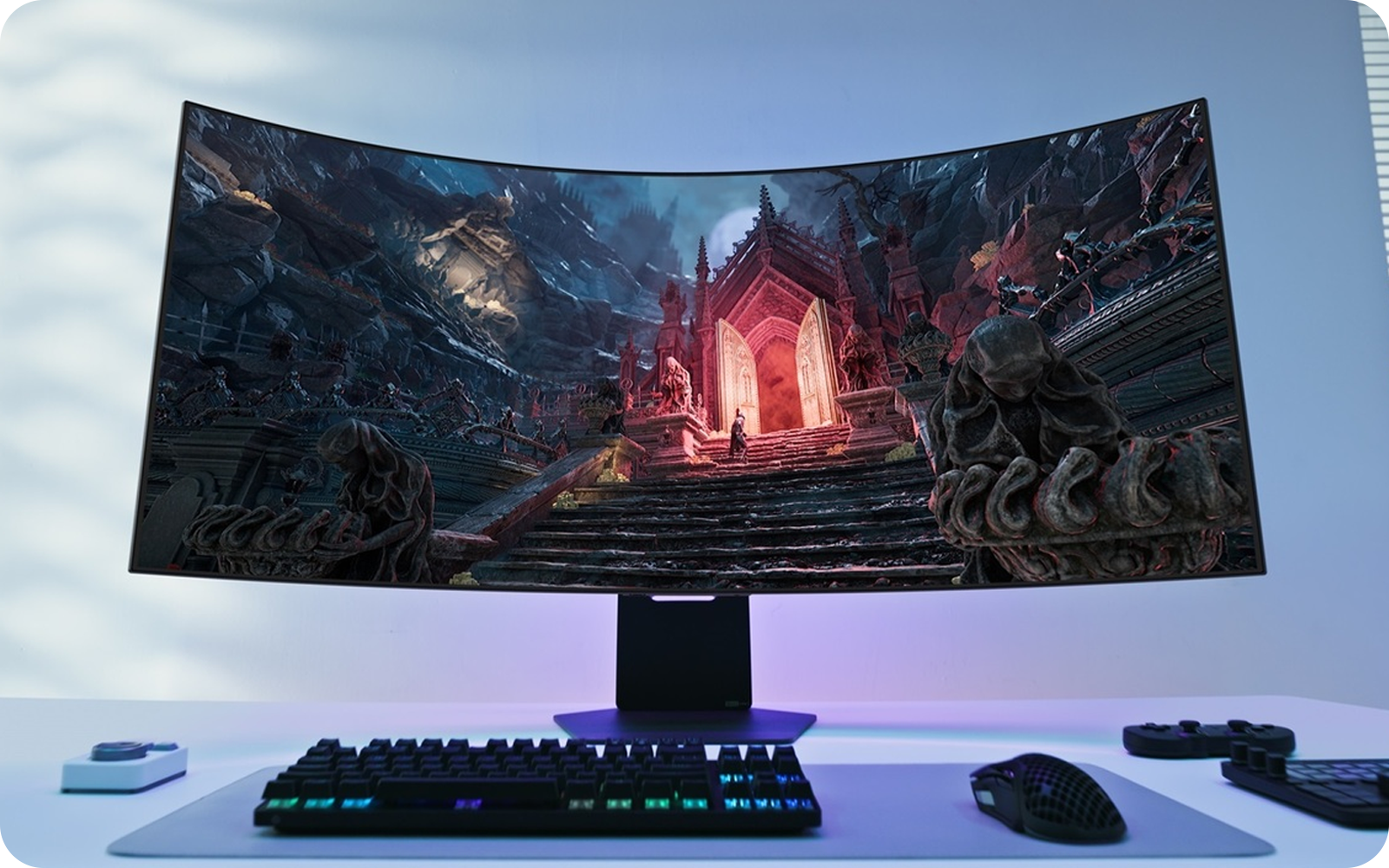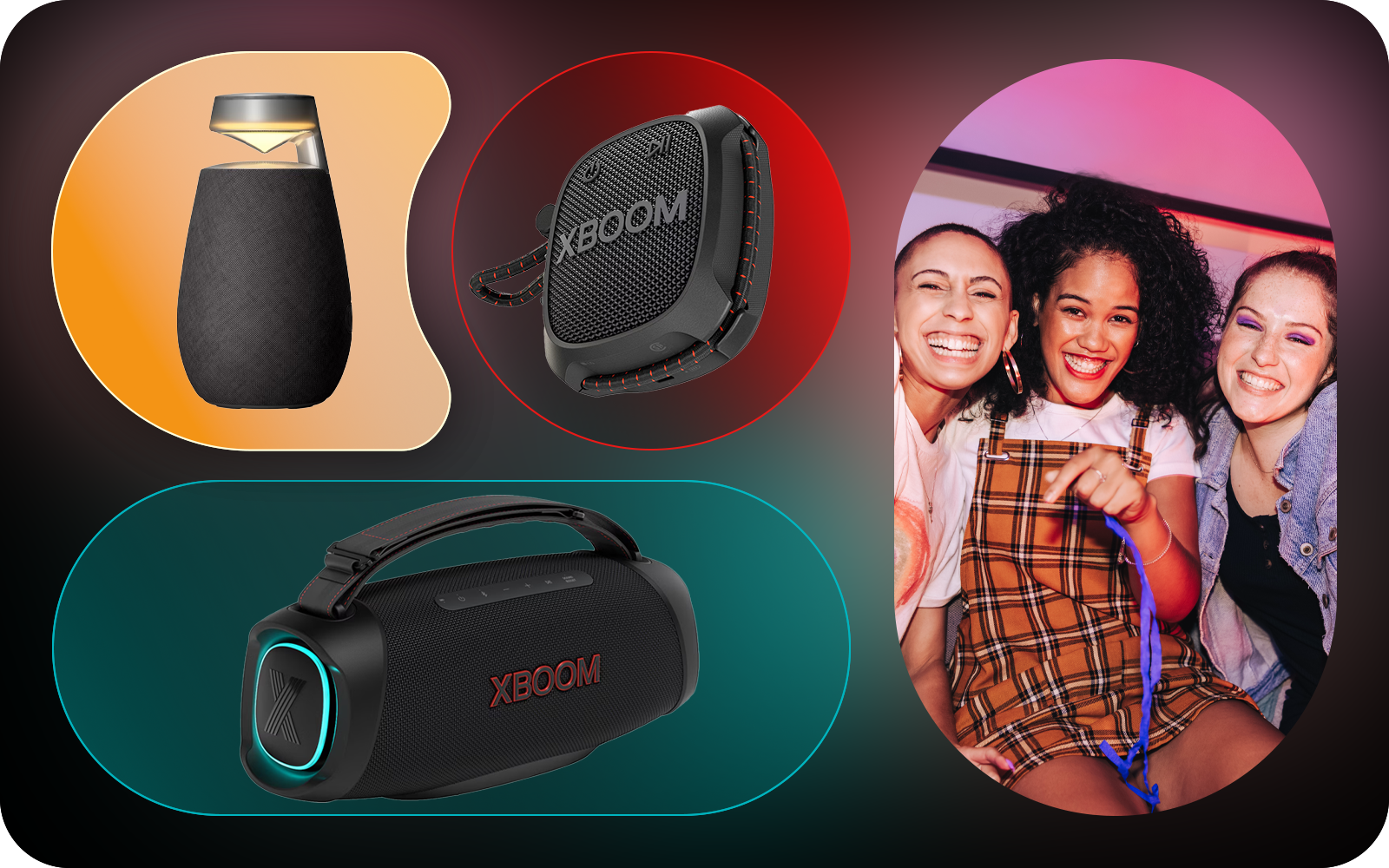We use cookies, including cookies from third parties, to enhance your user experience and the effectiveness of our marketing activities. These cookies are performance, analytics and advertising cookies, please see our Privacy and Cookie policy for further information. If you agree to all of our cookies select “Accept all” or select “Cookie Settings” to see which cookies we use and choose which ones you would like to accept.
LG LAB
Input lag for gaming guide
On the virtual battlefield, a split second can result in resounding victory – or crushing defeat. Input lag might be the difference-maker.
In gaming, reflexes are everything – but even the fastest fingers can be slowed by the wrong TV.
Ensure your sharpened reflexes count when the stakes are high by understanding input lag for gaming and finding the right TV to conquer it.
What is input lag?
Input lag is the time it takes for a TV or monitor to display the movements registered via controller, keyboard or mouse. Measured in milliseconds, it’s the instant between your disciplined (or frenzied) control commands and the time they show up onscreen.
Because each TV is designed differently, there are varying amounts of image processing and visual sharpening going into producing every pixel. The results may be visually impressive, but they aren’t immediate – there’s a slight slowdown from source to screen. That’s input lag – the scourge of gamers everywhere.
How is input lag measured?
Independent consumer testing is done by the likes of RTINGS to measure the time it takes for different TVs to display the results of different inputs at source. Input lag is this amount of time. It isn’t a factor when you’re browsing box sets. But for gamers, input lag is a seriously big deal.
how is good input lag for gaming
Typically professional and competitive gamers try to keep input lag under 15 milliseconds. But for those who like to just enjoy gaming on the casual, or side, an input lag under 40 milliseconds is considered standard. Anything beyond 50 milliseconds is when the delay becomes more noticeable.
One of the best TV options for gamers, LG OLED TVs have an incredibly low input lag with a 1ms response time – giving you a vital edge over opponents and a better chance of winning.
How does input lag affect gamers?
For decades, gamers have mastered their reflexes through a mix of strategic poise and finger-tapping panic. When everything’s riding on a split-second decision – or a whole series of them – nothing matters more than action.
A lower input lag means a faster response time from your TV to register every single tap of your controller. The signal goes from your brain, to your hands, to the console, to the TV, and back again. The whole experience can be greatly diminished by even a fraction of a second’s delay.
When the pressure is on, and your controller fingers are itching – low input lag can save the day. Anything less than the best, and you could be facing significant defeat.
4 gaming moments ruined by input lag
1. Football
A sprint down the wing, capped off by a pin-point perfect cross into the penalty area, on a plate for your ferocious forwards – foiled by the delay.
2. First-person shooters
An anxious dash for cover during a brief break in the crossfire – and the agony of defeat as your sprint began too late, caught in the crosshairs of a hidden opponent.
3. Rhythm games
You’re cranking out a crushing solo on your guitar controller when you notice a slight delay between the note you’re being prompted to play and hearing it onscreen. Without the right screen settings, input lag can ruin your jam.
4. Fighting games
Split-second timing really counts when you’re going mano a mano against the very best. Anticipating your opponent’s every move is essential if you’re to survive – but lag could throw your whole combo out of sync.
For gamers, these problems are all too real. But there are steps you can take to rectify it.
What is Game Mode on a TV?
When you watch your TV, a complex process is taking place inside to refine the content – whether that’s a movie, boxset or game.
Digital processors take each frame from the transmission source and polish before displaying onscreen. This is how your favourite shows look so luscious.
The trade-off is that slight slowdown. Barely noticeable when watching TV, it can cause real problems for gaming.
Enter Game Mode. It tweaks your TV settings to minimise, or completely turn off, this visual processing. Reclaim those vital thousandths of a second.
Upgrading your TV
Another option is to upgrade your TV. New high-end models complement the latest 4K HDR consoles, which can run games at much faster rates – increasing the options available for low input lag gaming TVs.
RTINGS tests new models to determine which TVs perform best in a variety of categories, such as refresh rate, local dimming and more. Input lag is one of the hottest-contested features.
LG OLED TVs and LG NanoCell TVs have a feature called Auto Low Latency Mode. This minimises input lag to give you a better gaming experience.
Tips to reduce input lag
Ensure your gaming experience suffers from as little lag as possible with these tips.
Wireless controllers
Check your wireless controllers for low battery or bad connection to the console. To reduce lag even further, we recommend using a wired controller where possible.
Hard-wire your online connection
Wi-Fi is a blessing. But if you’re serious about gaming, it’s not always the most reliable method. Connect your console directly to your router via Ethernet cable to play without risk of signal interruption.
Ping test
If your online game is suffering, it could be due to your broadband. A ping test can identify the slowdown your console and other devices are facing.
Get more tips and tricks about raising your game to the next level at Love 2 Game – our dedicated gaming site and then find your perfect TV for gaming.



